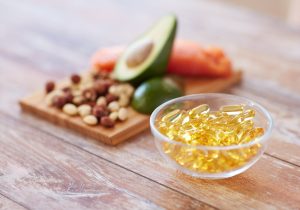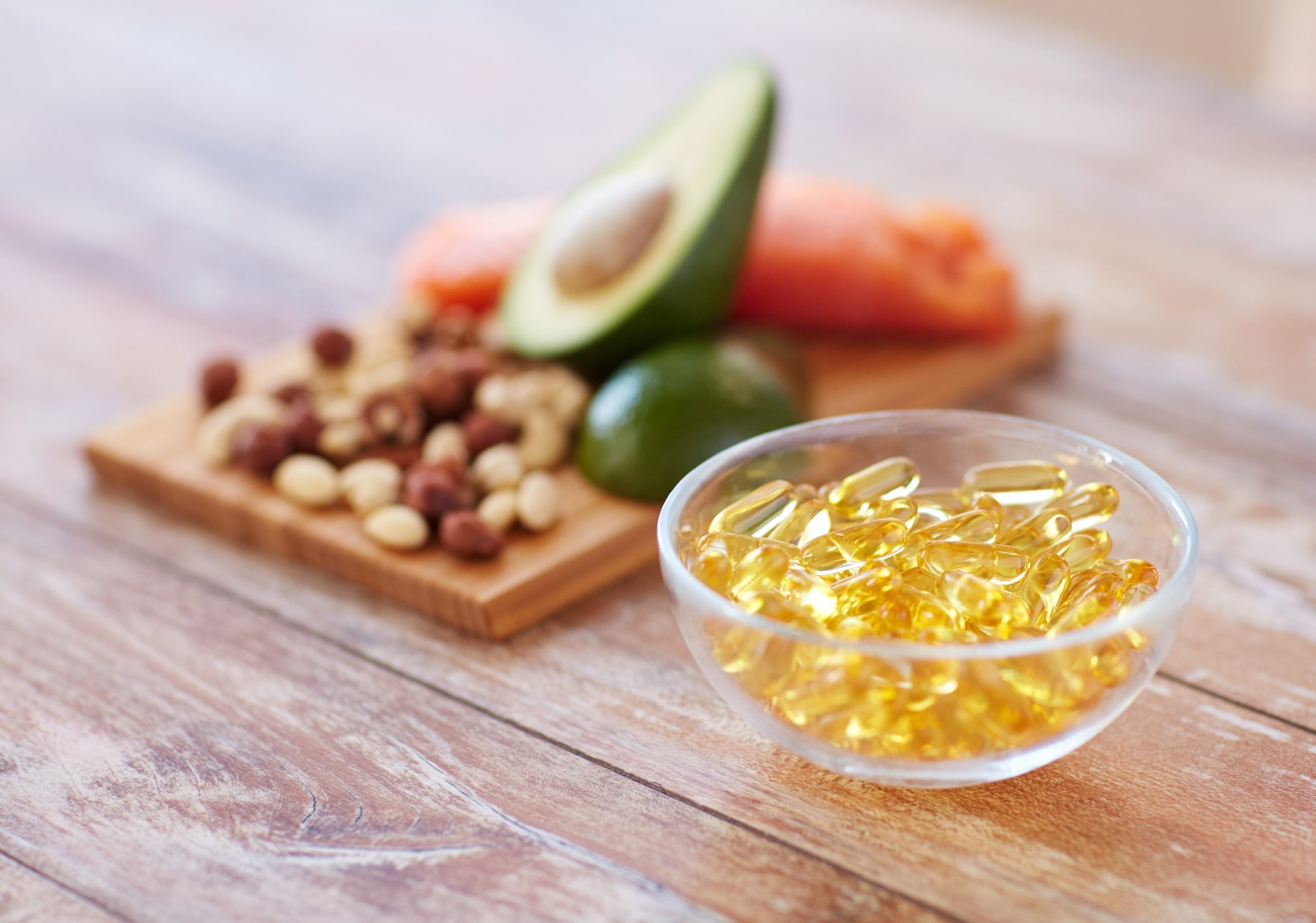By Gretchen Vannice, MS, RDN
In the United States, adults eat about 100 mg of EPA and DHA omega-3 per day, children get about half that. The World Health Organization recommends 250 mg EPA and DHA per day to meet our basic, essential needs. Said another way, 250 mg EPA and DHA is considered enough to prevent nutrient deficiency.
 Fish, especially oily fish, is an excellent source of EPA and DHA omega-3s. We know that Americans don’t eat much fish these days, a fact confirmed by nutrition research and directly from measuring people’s blood levels of omega-3. FYI, your omega-3 blood levels can be measured with an at-home test; it’s called the Omega-3 Index.
Fish, especially oily fish, is an excellent source of EPA and DHA omega-3s. We know that Americans don’t eat much fish these days, a fact confirmed by nutrition research and directly from measuring people’s blood levels of omega-3. FYI, your omega-3 blood levels can be measured with an at-home test; it’s called the Omega-3 Index.
What does this matter? Let’s consider this.
A while ago, a bunch of smart people (public health and nutrition scientists and statisticians at Harvard Medical School, University of Washington, and University of Toronto) calculated the impact of diet and lifestyle factors (things we can affect) on risk of death. From this, we learned that in 2005 we could have potentially prevented up to 96,000 deaths from heart disease if people had consumed just 250 mg EPA and DHA per day. That’s what you’d get from eating salmon once or twice a week or taking a 1,000 mg fish oil capsule of EPA and DHA twice a week. That’s all it would take.
 For context, only high salt intake fared worse. As you might expect, smoking, being overweight and inactive led the pack on influential lifestyle factors. Low intake of omega-3 intake fared worse than trans fats and low fruit and vegetable intake. Yet what we hear is advice to eat more fruits and vegetables and avoid trans fats. Where’s the fish!
For context, only high salt intake fared worse. As you might expect, smoking, being overweight and inactive led the pack on influential lifestyle factors. Low intake of omega-3 intake fared worse than trans fats and low fruit and vegetable intake. Yet what we hear is advice to eat more fruits and vegetables and avoid trans fats. Where’s the fish!
Fast forward to 2019. An expert group from Tufts School of Nutrition Science and Policy, Brigham and Women’s College of Medicine, and Harvard School of Public Health estimated that the cost of care for just two major health conditions (heart disease and type 2 diabetes) associated with consuming less than 250 mg EPA and DHA a day (measured by seafood consumption) was $12.74 Billion a year. The estimated price we are paying in the US from not consuming just 250 mg EPA and DHA per day is nearly $13 Billion a year.
Here’s the insanity: If Americans consumed about 2,000 mg EPA and DHA from fish oil per day, or ate fatty fish a few times a week, they could attain an Omega-3 Index of 8% or higher and slash these costs while attaining optimal health. True story. The research is in.
Disclaimer: This information is offered for educational purposes only. It is the opinion and scientific interpretation of the author. It is not intended as medical advice of any kind. The educational information provided is not intended to diagnose, treat, mitigate, or cure any disease nor has this been reviewed or approved by the FDA.
Scientific References are available upon request.
Gretchen Vannice is the Director of Nutrition Education and Research for Wiley Companies. She is a globally recognized expert, author, and speaker in omega-3 research and education.







